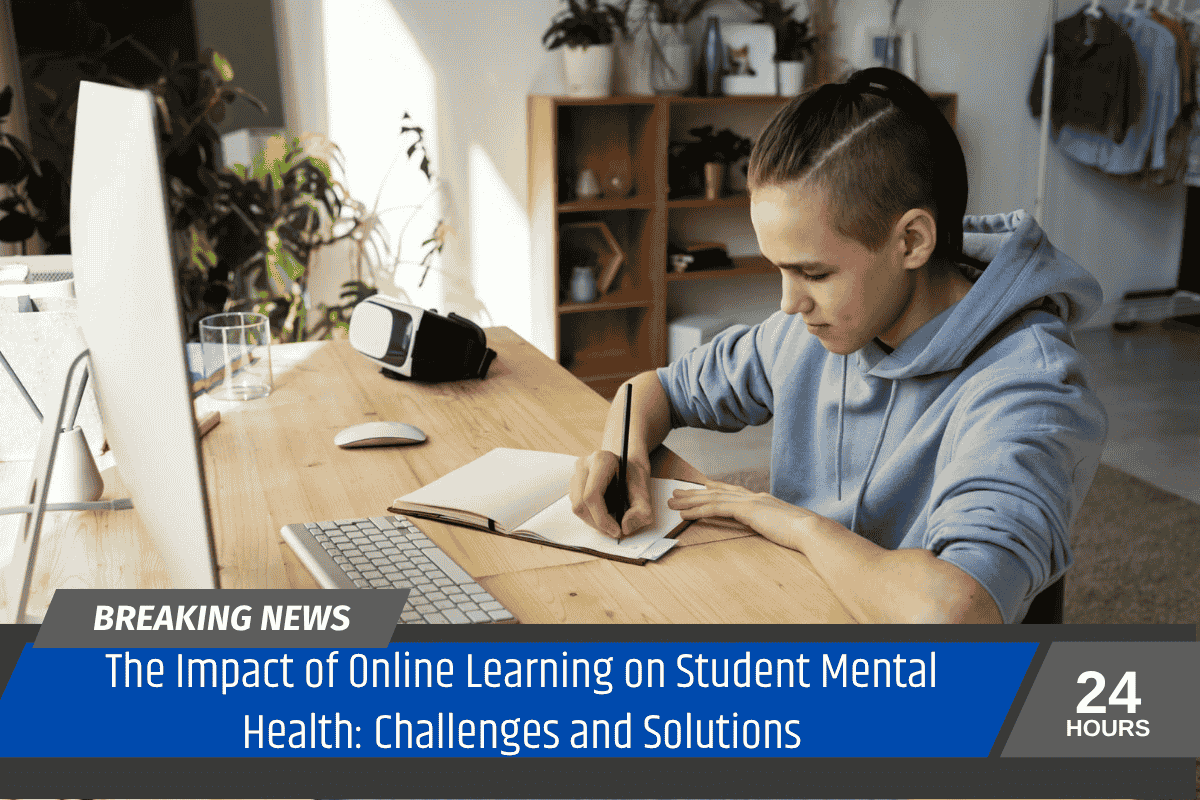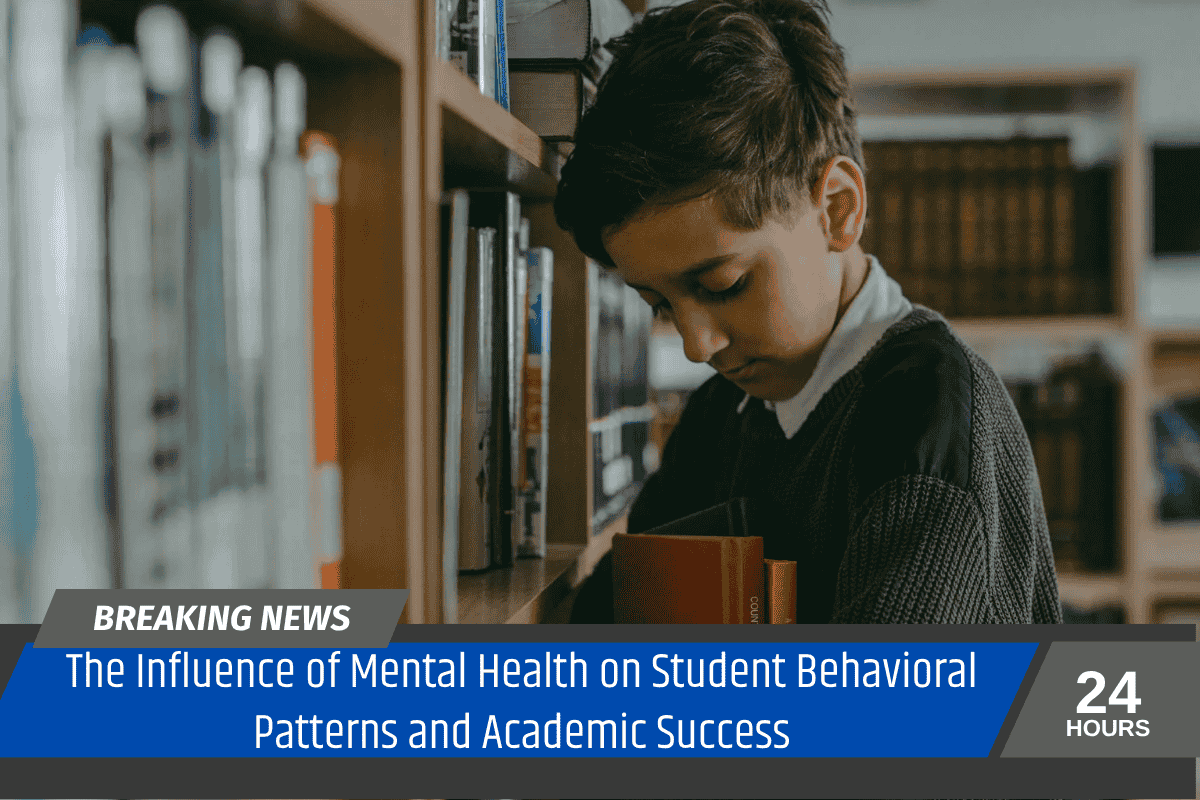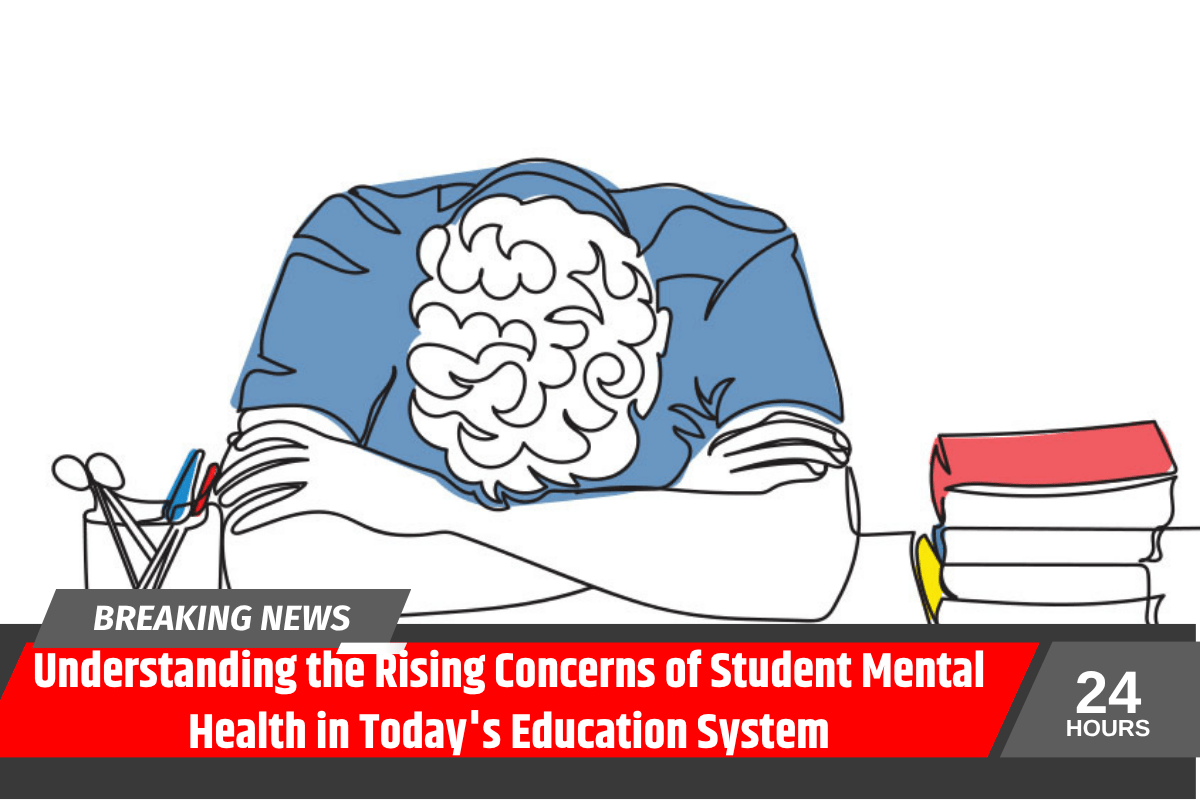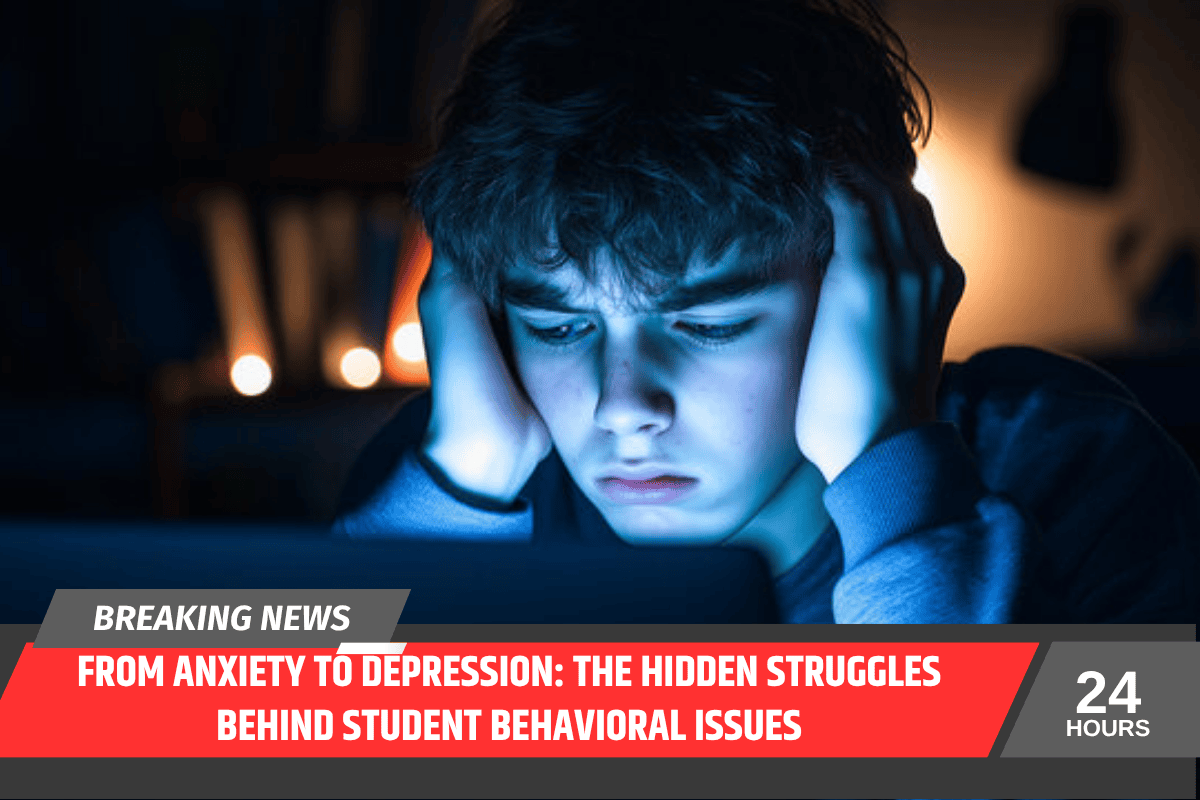In recent years, online learning has become a significant part of education. With the pandemic pushing schools and colleges to shift to virtual classrooms, students across the world have experienced education in a way that was once unfamiliar.
While online learning has its advantages, such as flexibility and accessibility, it also brings several challenges. One of the most concerning issues is the impact it has on student mental health. The transition to virtual learning has led to increased stress, isolation, and other mental health struggles among students.
In this article, we will explore how online learning affects mental health and discuss possible solutions to help students manage these challenges.
Challenges of Online Learning on Mental Health
Increased Feelings of Isolation
One of the most significant challenges that students face with online learning is the lack of social interaction. Traditional classroom settings offer opportunities to interact with classmates, form friendships, and engage in discussions.
However, online learning often leaves students isolated in front of their screens. The lack of physical presence in class can lead to feelings of loneliness and social disconnection. Students who miss out on these social aspects of learning may feel disconnected from their peers and even disconnected from their education.
Increased Stress and Anxiety
Another common issue related to online learning is an increase in stress and anxiety. The shift from in-person to virtual learning often comes with a higher workload, strict deadlines, and the pressure of staying on top of multiple assignments.
Without the structure of traditional classroom environments, students may struggle to manage their time effectively. Moreover, the constant pressure to perform well in online exams and assignments can lead to high levels of stress, which can negatively impact students’ mental health.
Distractions at Home
Learning from home, while convenient, comes with its own set of distractions. Many students struggle to concentrate with household chores, family members, or noisy environments around them.
The lack of a quiet, focused learning space can affect productivity and performance, leading to frustration and mental fatigue. These distractions can also affect a student’s ability to engage with the material fully, making them feel overwhelmed or disconnected from their education.
Sleep Problems
The shift to online learning has also affected students’ sleep patterns. Many students spend long hours staring at screens, which disrupts their sleep cycle. The blue light emitted by screens can affect the production of melatonin, the hormone that regulates sleep.
This can lead to sleep deprivation, which has been linked to several mental health problems such as anxiety, depression, and mood swings. Lack of proper sleep can also affect concentration, memory, and overall well-being, further exacerbating mental health issues.
Solutions to Address the Impact of Online Learning on Mental Health
Encouraging Breaks and Physical Activity
One of the most effective ways to combat the mental health challenges of online learning is by encouraging students to take regular breaks. Sitting in front of a screen for long hours can cause eye strain, fatigue, and mental exhaustion.
Taking short breaks during study sessions allows the brain to recharge and refocus. Physical activity, even if it’s just a walk or stretching exercises, can also help students manage stress and improve their mood.
Schools can encourage students to include physical activity in their daily routines to enhance both their physical and mental well-being.
Building Virtual Social Connections
To combat feelings of isolation, it is important for students to maintain virtual social connections. Online learning platforms can incorporate discussion boards, group activities, and virtual study sessions to provide students with opportunities to interact with their peers.
Encouraging collaboration and teamwork in online settings can help reduce feelings of loneliness and help students develop a sense of community even in a virtual environment.
Time Management Support
Effective time management is crucial for online learning. Students often struggle with balancing assignments, exams, and personal life when studying from home. Schools can provide time management resources, workshops, and tools to help students organize their work and avoid procrastination.
Encouraging students to create a daily schedule and break down tasks into smaller, manageable chunks can reduce stress and help students stay on track.
Access to Mental Health Resources
One of the most important solutions is ensuring that students have access to mental health resources. Schools should provide students with easy access to counseling services, mental health hotlines, and online support groups.
It’s essential to raise awareness about mental health and encourage students to reach out for help when needed. Schools can also offer mindfulness exercises, relaxation techniques, and stress management workshops to help students cope with the emotional demands of online learning.
Establishing Healthy Screen Time Habits
Finally, schools and parents should encourage healthy screen time habits. Limiting screen time outside of learning hours and ensuring that students take breaks from their devices can help reduce the negative effects of prolonged screen exposure.
It’s also important to maintain a good sleep routine by avoiding screens before bedtime. A well-rested student is more likely to have a positive mental outlook and perform better in their studies.
The impact of online learning on student mental health is undeniable, with issues such as isolation, increased stress, and sleep disturbances becoming more common. However, there are several solutions that can help mitigate these challenges.
By encouraging regular breaks, promoting physical activity, supporting time management skills, and providing access to mental health resources, we can help students navigate the challenges of online learning. It’s important for schools, parents, and communities to work together to create an environment where students can thrive both academically and mentally.






